“To restore stability to our planet, therefore, we must restore its biodiversity… It is the only way out of this crisis…”
- Sir David Attenborough
Our latest blog post is from the staff in our International Implementation Team. Here the team reflects on the amazing biodiversity found in the UK Overseas Territories and why it matters.
What is biodiversity?
Biodiversity encompasses a vast array of life forms, including plants, animals, fungi, and microorganisms, all of which play a crucial role in maintaining our planet's health, enhancing human well-being and ensuring environmental resilience and security for us all. Biodiversity provides vital ecosystem services such as clean air and water, fertile soil and pollination for food production, and protection from extreme weather events which are essential for human survival.
The global importance of the biodiversity of the UK Overseas Territories.
The ecosystems of the UK Overseas Territories (UKOTs) are unique and vital; playing a critical role in the global mission to conserve biodiversity. Located around the world, from the Caribbean's tropical reefs to the Atlantic's frozen southern landscapes, these unique locations harbour an extraordinary diversity of biomes, ecosystems, habitats and species.
Biodiversity within the UKOTs holds significance far beyond their geographic boundaries. Many of the UKOTs are global biodiversity hotspots, notably for marine species and habitats, breeding bird colonies and plant communities. Remarkably, more than 90% of the UK's endemic species (those found nowhere else on Earth) are located in the UK Overseas Territories, highlighting their immense ecological importance.
The Falkland Islands, for example, support globally significant seabird populations, including approximately one million penguin nesting pairs across five species and roughly 70% of the world's Black-browed Albatross population. These islands also provide essential habitats for endangered species like the Sei Whale.
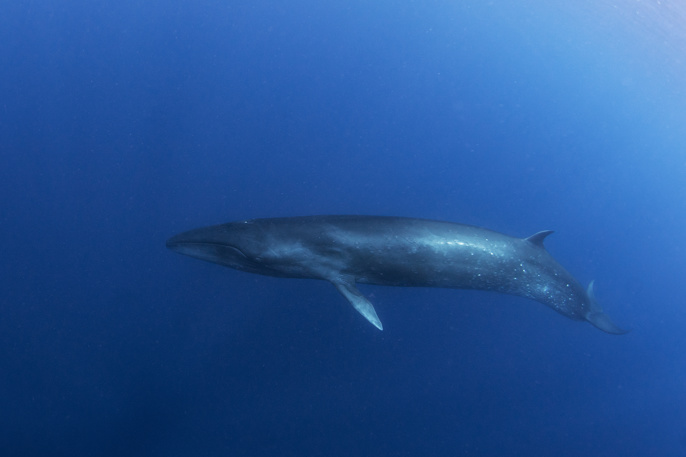
An endangered Sei Whale (Balaenoptera borealis), which can reach about 14 metres in length, cruises at depth (c) Adobe Stock.
Biodiversity and people.
Biodiversity is deeply intertwined in the culture, traditions and livelihoods of the UK Overseas Territories and is reflected in the songs, art and lives of local communities.
St Helena, a remote island in the South Atlantic, is recognised as a biodiversity hotspot, home to over 500 endemic species. Among these is the St Helena Plover, affectionately known as the 'Wirebird', a national symbol proudly featured on the island’s flag.
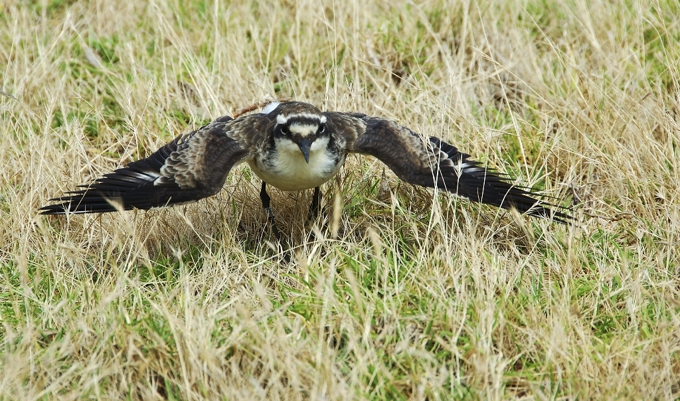
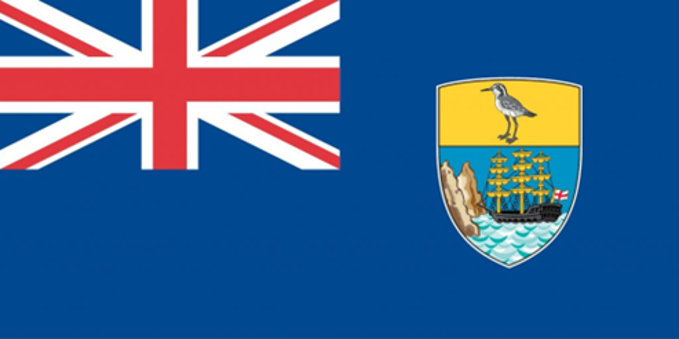
A St Helena Plover, or Wirebird (Charadrius sanctaehelenae), poses for the camera © Andrew Darlow; The flag of St Helena Island © Saint Helena Government.
The economic contributions of biodiversity in the UKOTs are profound. These contributions underpin critical sectors such as tourism, agriculture, fisheries, and coastal protection, sustaining lives and livelihoods across communities. Nature-based tourism is particularly important, providing a major source of revenue and employment.
In the Caribbean OTs, pristine beaches and sand dunes attract high-end tourism, crucial for the local economy, and, together with coral reefs, serve as natural barriers protecting communities from storm surges and erosion. Similarly, sustainable fisheries in territories like the Falkland Islands depend on healthy marine biodiversity, directly linking environmental stewardship to economic resilience and security.
Challenges and conservation successes.
However, these vital natural resources are facing growing and unprecedented pressures from a range of human activities. The expansion of coastal development, unsustainable land use, pollution, and overexploitation are driving widespread habitat loss and degradation. These threats are further exacerbated by the accelerating impacts of climate change, which compounds existing pressures and reduces the resilience of ecosystems.
Collaborative conservation initiatives are essential to counter these challenges, requiring international, regional and local innovations.
In Bermuda, sustained efforts in habitat restoration and management have revived the Cahow seabird population, previously thought extinct. Innovative approaches like those in Anguilla, where authorities have piloted the use of sargassum seaweed to rebuild and stabilise coastal dunes, showcase the benefits of nature-based solutions to enhance environmental resilience. The Cayman Islands are renowned for the Grand Cayman Blue Iguana, another species brought back from near extinction through dedicated local conservation initiatives.
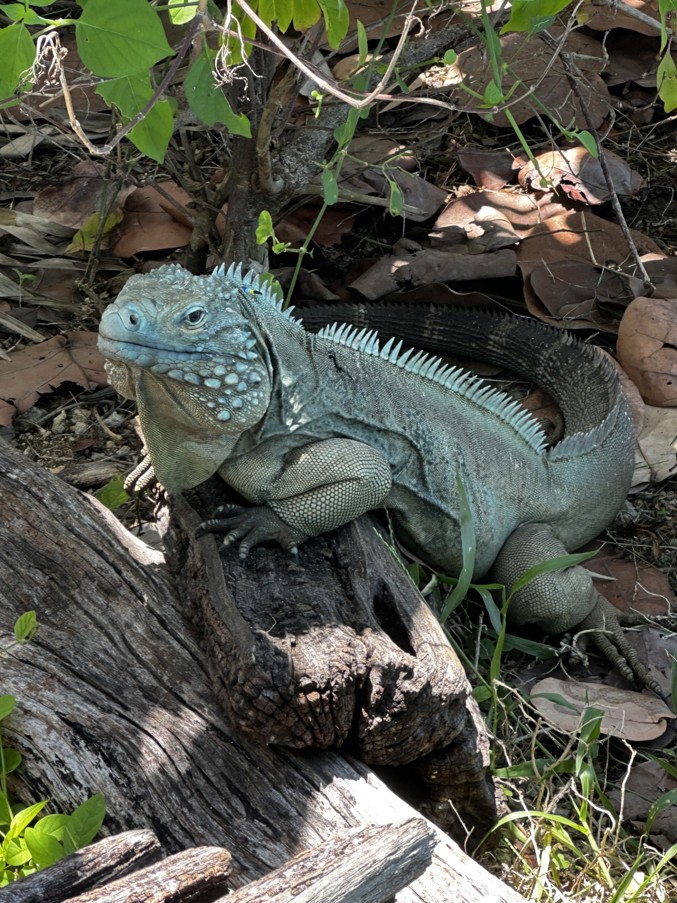
An endangered Grand Cayman Blue Iguana (Cyclura lewisi) © Amanda Gregory.
South Georgia and the South Sandwich Islands serve as critical breeding grounds for penguins, albatross and recovering populations of whales, underscoring their global conservation importance. To conserve the exceptional biodiversity of South Georgia and the South Sandwich Islands, the Government established a science-led Marine Protected Area, which includes strict controls on fishing and extensive no-take zones. These protections, supported by ongoing monitoring and international partnerships, are helping to maintain ecological balance and build resilience to climate change.
A shared responsibility.
The biodiversity of the UK Overseas Territories is a globally significant asset, providing many ecological and economic benefits. By actively conserving these unique environments, communities secure their livelihoods and contribute to broader ecological health worldwide. Through collaboration, partnerships and innovative local conservation actions, the UKOTs exemplify how biodiversity conservation can be effectively intertwined with sustainable economic development, benefiting both people and nature.
By championing the extraordinary biodiversity found within the UKOTs, we collectively ensure the conservation of these irreplaceable natural treasures for future generations.
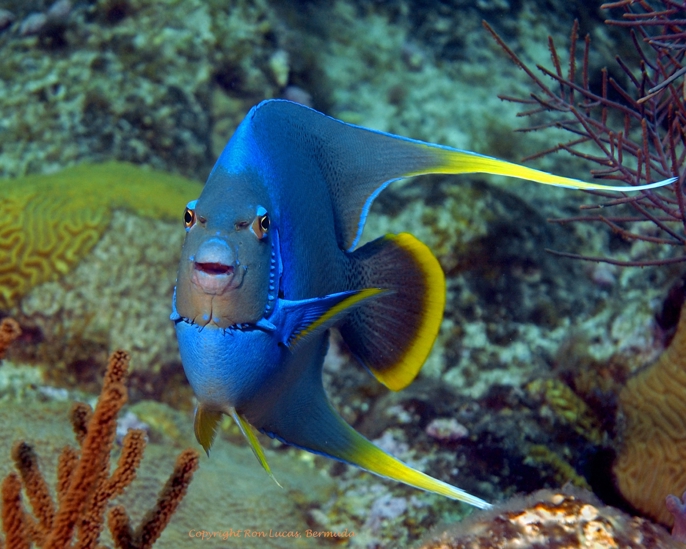
Bermuda Blue Angelfish (Holacanthus bermudensis) in Bermuda © Ron Lucas.
Published:
